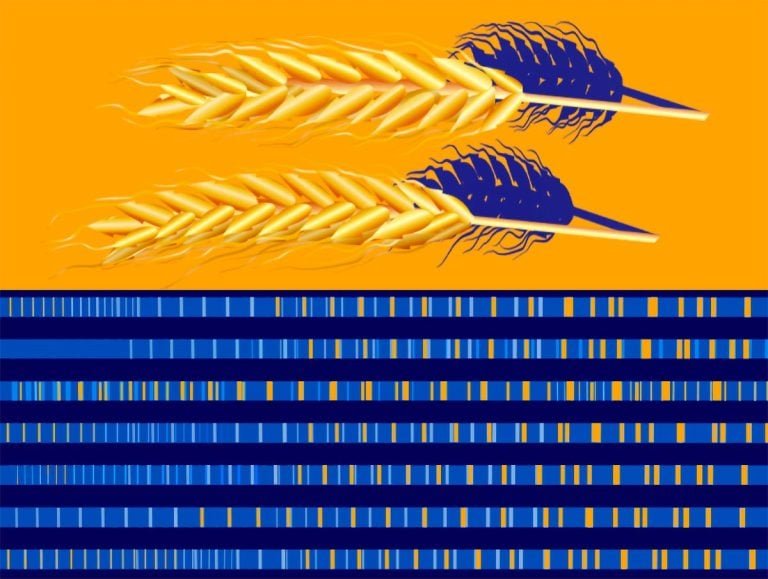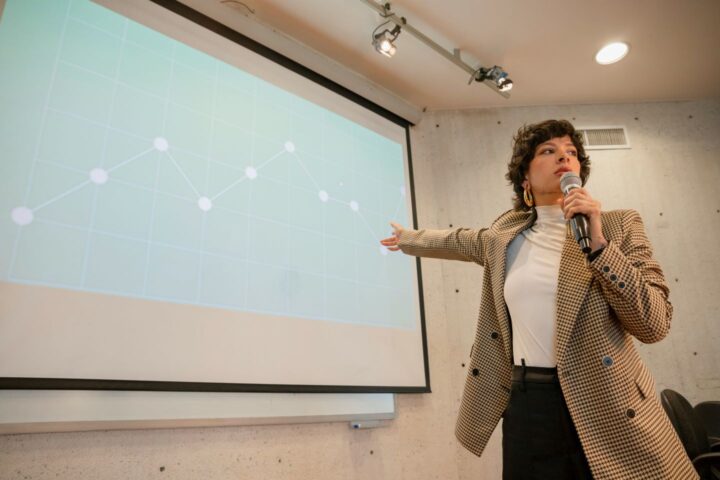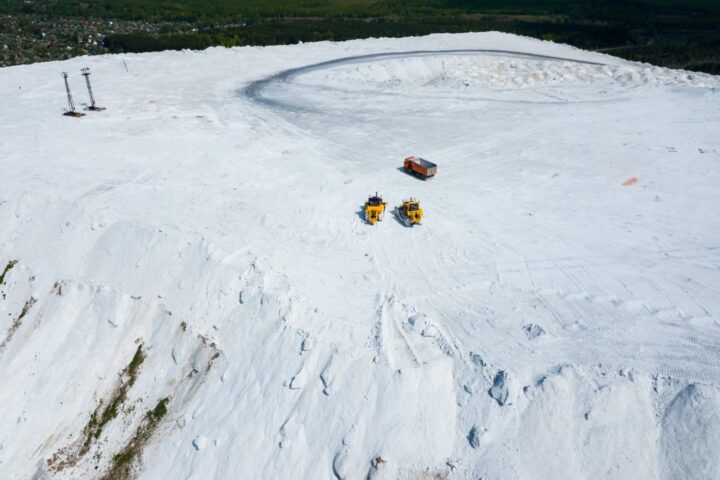Researchers at The Jackson Laboratory and the University of Buffalo reveal the genetic secrets behind human starch digestion, tracing back to over 800,000 years ago.
The Amylase Gene: A Key to Starch Digestion
The salivary amylase gene (AMY1) helps break down complex carbohydrates like bread and pasta. Early humans possessed multiple AMY1 gene copies, enabling efficient starch digestion.
Breakthrough Discoveries
- AMY1 gene duplications occurred over 800,000 years ago, before farming.
- Ancient hunter-gatherers and Neanderthals had multiple AMY1 copies.
- Long-read sequencing mapped the AMY1 gene region in unprecedented detail.
Expert Insights
“The more amylase genes you have, the more starch you can digest effectively.” – Omer Gokcumen, PhD
“The initial duplications laid the groundwork for significant variation in the amylase region.” – Omer Gokcumen
The Impact of Agriculture
European farmers showed increased AMY1 copies over the past 4,000 years, likely due to starch-rich diets.
Ancient Genetic Adaptations
AMY1 gene duplications provided an advantage for adapting to new diets, particularly those rich in starch.
Reference
Gokcumen, O., et al. (2024). Evolutionary history of the salivary amylase gene in humans. Science. DOI: [insert DOI]
Share Your Thoughts
How do these findings change your perspective on carb cravings? What role do genetic adaptations play in shaping our dietary preferences?

















